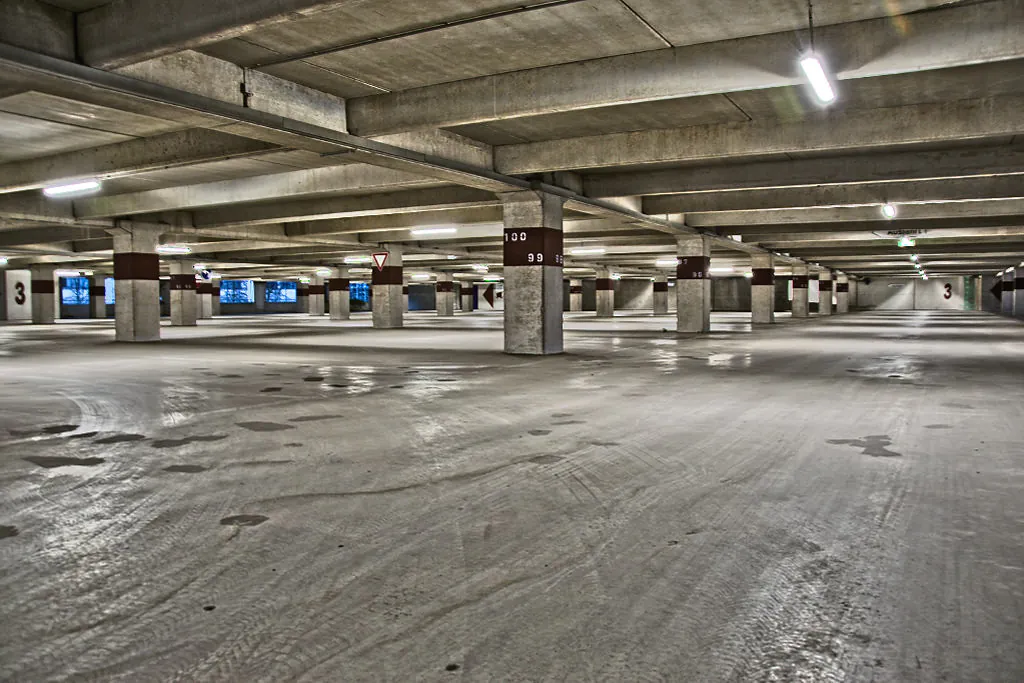I’ll bet that most people would use the adjective “dark” to describe a parking garage. TV shows and cartoons often show exchanges of confidential information taking place in parking garages at night. Films and cartoons would not portray parking garages with such a shady mystique if those structures had the lighting of classrooms or conference rooms.
We may not notice it, but a lot of consideration and hard work goes into parking garage lighting. Parking garages are hazardous zones, and several trades work together to make architectural and electrical components safe and economical.
I’ve asked Phil Barr, Electrical Division Manager of Kalos Services, to share some of the things he considers when installing parking garage lights. He has recently worked on parking garages in Cocoa Beach (84,000 sq ft), Gainesville (280,000 sq ft), and Celebration (380,000 sq ft).
NOTE: The images in this article are NOT of the parking garages Kalos has worked on. They belong to the public domain or have been credited as required. The images selected merely illustrate the points we are trying to make.
Table of Contents
What considerations go into parking garage lighting?
Parking garages have a unique set of hazards. People operate dangerous motorized vehicles inside of them, and there is a sharp contrast between the light of day and the darkness of a shaded garage. The transition must be easy for people’s eyes to prevent accidents.
You can’t grab whatever light you see in a brochure and put it in a parking structure. Each structure is unique, and you have to consider factors such as glare, photometric geometry, and how many foot candles are produced at each time of the day.
The main goal of parking garage lighting is to illuminate the structure, but safety remains the top priority. Construction crews must do whatever is in their power to prevent accidents. Poor adjustment to lower light and glare are two major causes of collisions in parking garages.
Lighting at entryways
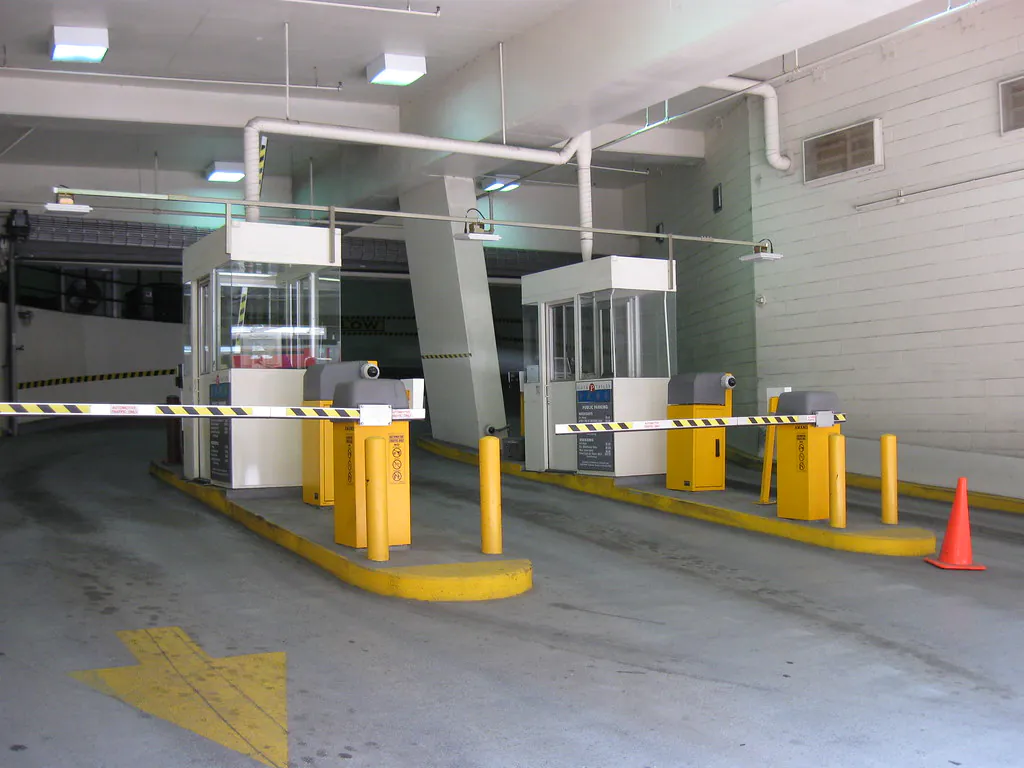
Since most parking garages are used during daylight hours, drivers go from driving in very bright conditions to dark conditions. Drivers will not be able to see well when they enter a structure. They could collide with other drivers or pedestrians.
We always need a higher photometric footprint at entryways during daylight hours. When you enter a parking garage with brighter entrances, it takes less time and effort for your eyes to adjust to the darker conditions.
The opposite is true at night. Parking garages should have a lower photometric footprint at entryways so drivers won’t be blinded as they enter a lit structure after driving through the natural darkness of night.
Reducing glare
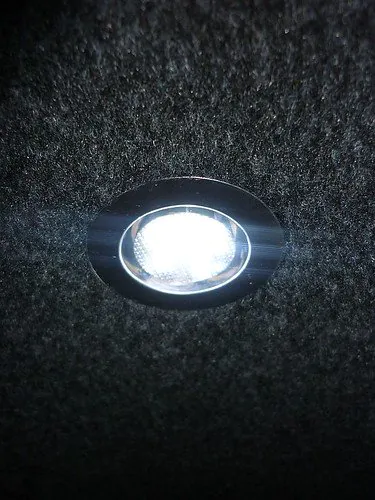
Nowadays, many American parking garages use LEDs. While they are bright and energy-efficient, LEDs are notorious for glare problems.
Some suppliers have taken on the effort of reducing glare. Many manufacturers have introduced double refraction/reflection fixtures that produce little or no glare. Still, there are measures that electricians should consider as well.
In a buildings.com article, Dr. Eric Woodroof of ProfitableGreenSolutions says that electricians must insist on shielding the LEDs. Most LEDs come with a total internal reflection (TIR) optic, but electricians can still request a shielded option to reduce glare further.
Photometric geometry
Photometric geometry is a fancy word for the shape of the lighting distribution. Most parking garages’ lighting illuminates down and out (the U.S. Department of Energy calls this a “batwing” distribution). There are cases where some upward illumination is necessary, such as when there is signage near the ceiling.
The shape of the lighting distribution is also going to affect the spacing of the lights. Batwing distributions with wide ranges of light at the bottom won’t need to be very close together. Lights with round or near-vertical illumination are not ideal in the first place, but they must be placed relatively close together if they are used at all.
Natural lighting and photosensors
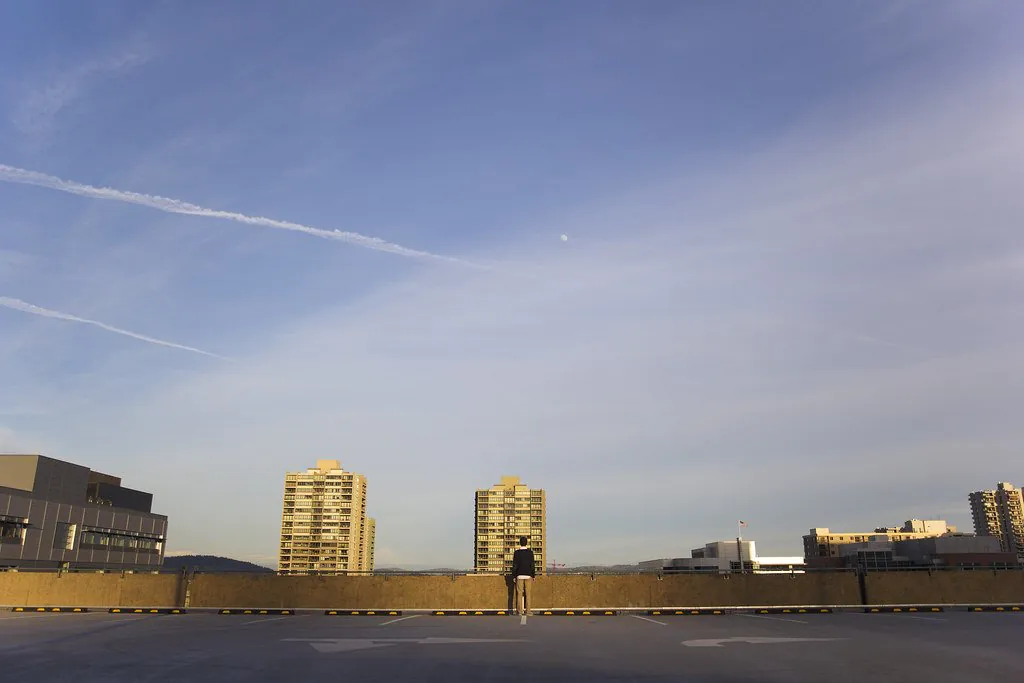
Even though electricians are responsible for introducing artificial lighting, they have to factor natural lighting into their work. Natural lighting is renewable energy, and it can reduce energy costs.
Natural lighting varies with the time of day. For example, windows on the east side of a parking garage will bring in more light on that side of the garage during the morning. In the evenings, the windows on the west side of the garage will bring in more light.
It’s possible to reduce the photometric footprint during certain times of the day. Photosensors can darken or shut off lights if they detect enough natural light. These are great safety features that can also save a lot of money.
Controls for safety and energy conservation
At Kalos, we install parking garage light fixtures with a few different controls to promote safety and save energy. The main types of controls we use are photosensors to detect light levels, motion sensors to detect movement, and programmable control panels to control lighting schedules.
We’ve already discussed what photosensors do, but we’ve only given a brief explanation of how they work. Photosensors measure the ambient lighting, and they dim the lights accordingly. During the day, their brightness may fall below 38% of their full potential. At that rate, the goal is not to completely illuminate the garage but supplement the natural light coming in. Sometimes, the ambient light reading will be high enough to shut the lights off completely.
Motion sensors are quite similar to daylight sensors, but they detect movement within the garage. These mostly exist for energy conservation rather than safety. After all, it makes little sense to keep the lights on when there aren’t any moving cars or pedestrians inside the garage. When a vehicle or person enters the garage, they’ll trigger the motion sensor, and the lights will turn back on.
A manual control panel may also be the way to go in some scenarios. We can program control panels that can turn the lights on or off, depending on the client’s needs. These don’t require any fancy sensors. The lights can be powered off manually if a parking structure will be vacant for long periods.
Common mistakes
We’ve just discussed the technical elements of parking garage lighting at length. You would think that the most common mistakes would deal with installation, but the top mistakes are surprisingly personal.
In Phil Barr’s experience, most mistakes happen because different tradespeople fail to communicate properly. They make false assumptions about the scope of the other trades’ work. “Research, research, research,” he advises. “Study plans, specs, and submittals of not just your own trade, but also every other.” Since several trades come together during parking structure construction, each subcontractor should access the other trades’ blueprints and materials. It is unwise for an electrician not to familiarize themselves with the other trades’ documents.
On a similar note, another common mistake is failing to ask questions early on. The biggest mistake is to build a job on assumptions rather than facts, so you can’t just assume that you know everything about the job. If you’re unsure about something, ask the other tradespeople or the general contractor for a specific answer. Even if you think you know everything, challenge it. Go back and make sure that you understand the entire project and have not made a faulty assumption about your work or anyone else’s.
Things that we’ve learned over the years at Kalos
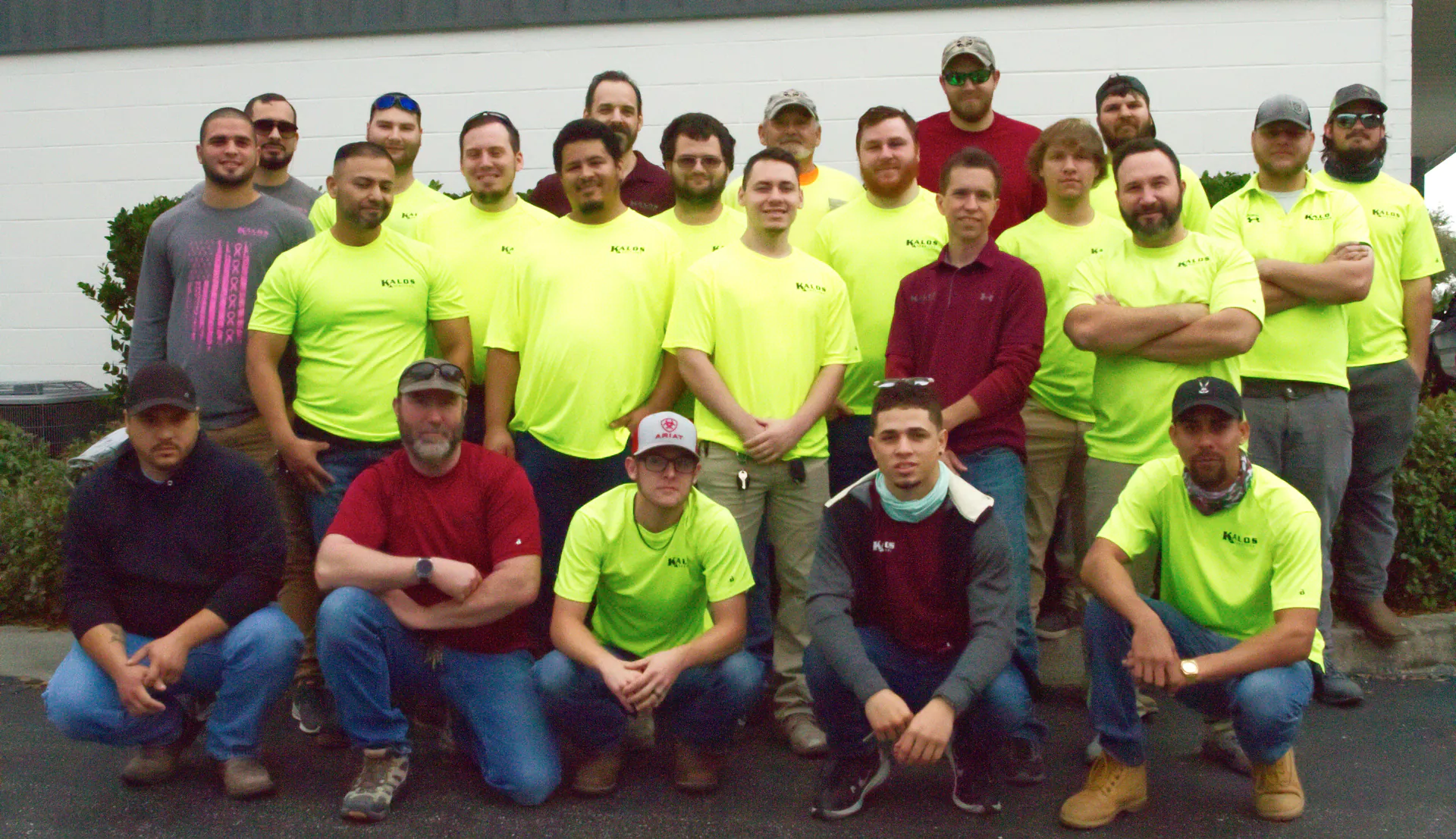
Just like our previous section on common mistakes, most of the things we’ve learned over the years have been personal. Phil Barr has mostly learned about communication and project coordination rather than hands-on construction.
With so many project stakeholders, it takes real skill and self-evaluation to coordinate with them meaningfully and deliver what the client wants. Communication is less about figuring out what you want to say than determining how the listener needs to hear it. Each person is different, so electricians must learn how to adjust their communication style.
Emotional intelligence and superior communication skills are not obvious keys to success in the electrical industry. However, those are some of the top traits that Kalos looks for in potential apprentices. Our leaders try their best to demonstrate those qualities and nurture them in our employees and subcontractors.
Whether dealing with the technical or interpersonal side of parking garage construction, lots of consideration goes into planning and installing lights. Even though parking structures may have a stigma for being dark and spooky, electrical teams work hard to make those structures as safe as possible.
The next time you enter a parking garage, pay attention to the lights. Notice how they supplement the daylight and adjust as people walk and drive through it. The parking garage probably won’t seem so dark anymore; it may even fill you with awe if you think about the union of architecture, engineering, construction, and electrical work that went into the garage’s creation.

